Mr. Scatter had coffee today with Deborah Elliott (actually, she had tea, something in a purply-roseish hue) and she reminded him that the 16th annual Sitka Art Invitational Exhibit and Sale is coming up this weekend.
I shouldn’t have let it slip my mind. This annual bash in Miller Hall at the World Forestry Center, up on the hill by the Oregon Zoo, is a very rootsy, Northwest-feeling thing.
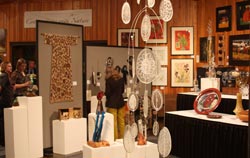 It’s the big yearly benefit for the Sitka Center for Art and Ecology, a hands-on arts retreat and workshop center on the Oregon coast, and it always has a generous cooperative feel. Plus, if you play your cards right, you can go home with a good deal on some good art.
It’s the big yearly benefit for the Sitka Center for Art and Ecology, a hands-on arts retreat and workshop center on the Oregon coast, and it always has a generous cooperative feel. Plus, if you play your cards right, you can go home with a good deal on some good art.
The Sitka Center was begun in 1970 by artists Frank and Jane Boyden, and its link between artists and naturalists just seemed, well, natural. I like the way that tie has continued, and the way the invitational brings together a lot of people and ideas that don’t ordinarily cross paths but seem very comfortable sharing the couches in this great big living room. Established artists and up-and-comers, city and rural, contemporary and traditional, a lot of people who fit into that increasingly loose category called craft.
Among the long list of artists whose pieces you can buy (or just appreciate): Frank Boyden, Ron Cronin, Dennis Cunningham, Pat Courtney Gould, George Johanson, Liza Jones, Royal Nebeker, Richard Notkin, Andy Paiko, William Park, Hilary Pfeifer (Bunny with an Arts Blog), Lillian Pitt, Tom Prochaska, Laura Ross-Paul, Judy Vogland, Margot Thompson Voorheis, Sherrie Wolf, Christy Wyckoff. And, as they say on late-night TV, much much more!
The public exhibit/sale is 10 a.m. to 4 p.m. Saturday and Sunday, Nov. 14 and 15. An opening night party with the artists runs 6:30 to 10 Friday the 13th, and costs more.
Check out the details here.
********
Oregon Music News is off the ground and flying into the blogosphere.
 The new online news and reviews service is an attempt to bring pretty much the whole Portland area music scene under one big umbrella, from classical to hip-hop to jazz and blues. Tom D’Antoni, a longtime music freelance writer and producer/reporter on OPB’s Oregon Art Beat, is editor-in-chief. Nancy Glass is publisher.
The new online news and reviews service is an attempt to bring pretty much the whole Portland area music scene under one big umbrella, from classical to hip-hop to jazz and blues. Tom D’Antoni, a longtime music freelance writer and producer/reporter on OPB’s Oregon Art Beat, is editor-in-chief. Nancy Glass is publisher.
A lot of what’s here might be of utterly no interest to you. But the beauty of it is, it’s easy to go straight to what does interest you: logical navigation is a wonderful thing.
The breakdown is: classical (editor: James Bash of Northwest Reverb), jazz/blues, rock, acoustic, indie, DJ/electro, soul/hip-hop, experimental. A lot of familiar music-writing names have signed on board.
Welcome, OMN! Here’s the link.
********
Voices of Our Elders, the theater piece from Well Arts Institute that opened last weekend, continues with two shows Saturday and one Sunday. You might recall having read about it here.
 It’s the result of a 10-week workshop with older residents in care centers, listening to their stories and helping them set them down. The results are by turn comic, sentimental, regretful, nostalgic, and sometimes harrowing — the way life looks when you’ve traveled a long way down its path. A cast of good professional actors and musicians is interpreting the stories.
It’s the result of a 10-week workshop with older residents in care centers, listening to their stories and helping them set them down. The results are by turn comic, sentimental, regretful, nostalgic, and sometimes harrowing — the way life looks when you’ve traveled a long way down its path. A cast of good professional actors and musicians is interpreting the stories.
Final shows are at 3 and 7 p.m. Saturday and 3 p.m. Sunday, Nov. 14-15, at the Olympic Mills Commerce Center, 107 S.E. Washington St. Each performance includes a guest reader or two who wasn’t part of the workshop project; I’ll be doing a piece at Saturday’s matinee. Details here.
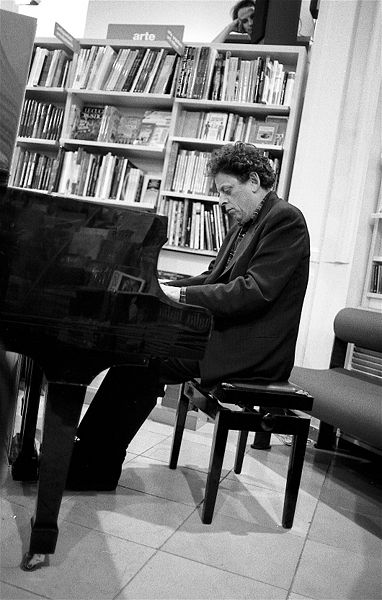 10:10 p.m., this joint is emptying out.
10:10 p.m., this joint is emptying out.
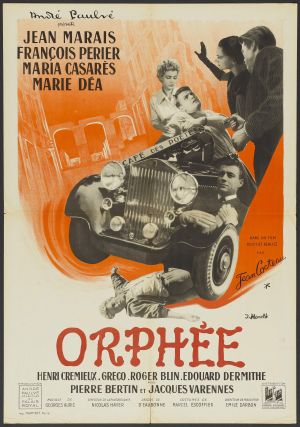
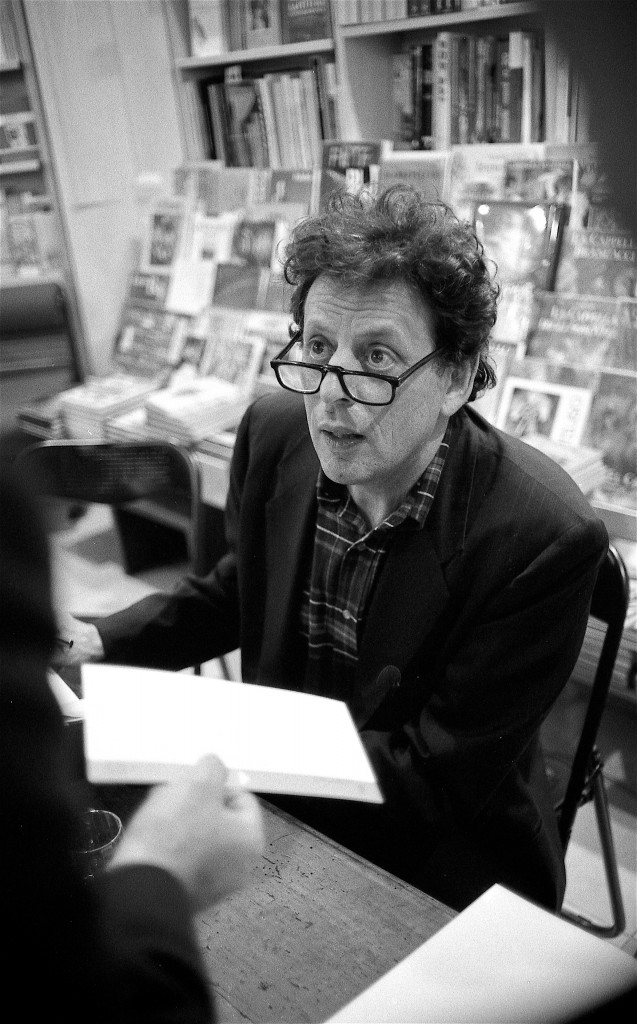 6:14 p.m. Friday, Nov. 6, Keller Auditorium, in the lobby: One hour and 16 minutes to showtime, the show being the West Coast premiere of Philip Glass’s Orphee, by Portland Opera.
6:14 p.m. Friday, Nov. 6, Keller Auditorium, in the lobby: One hour and 16 minutes to showtime, the show being the West Coast premiere of Philip Glass’s Orphee, by Portland Opera.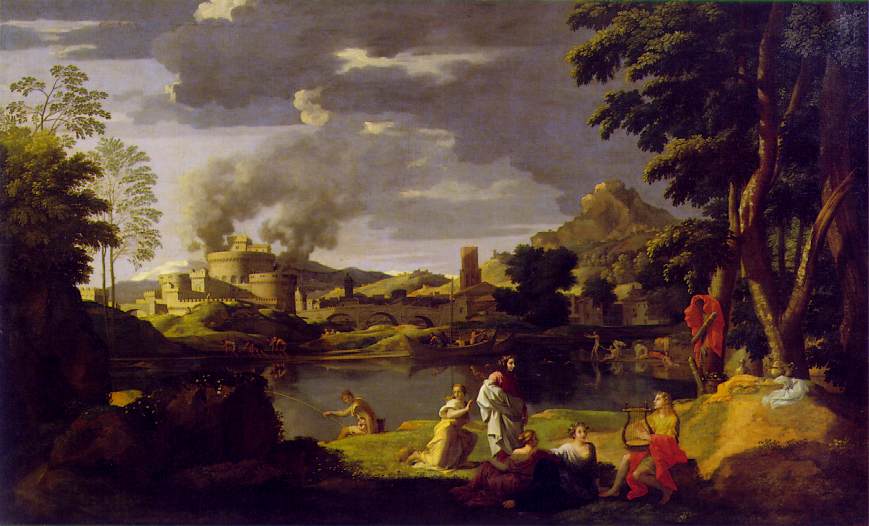
 What this means is that, while you’re filing into Keller Auditorium before the show, I’ll be in the lobby seated at a table with several other bloggers, dashing out immediate impressions and committing them to cyberspace before I have time to repent and delete. I’ll have a backstage tour beforehand, and yes, I do get to see the show, after which I’ll dash back to my laptop and blog some more. This will be either the rough draft of history or outtakes of an unsifted mind, but I will Not. Look. Back.
What this means is that, while you’re filing into Keller Auditorium before the show, I’ll be in the lobby seated at a table with several other bloggers, dashing out immediate impressions and committing them to cyberspace before I have time to repent and delete. I’ll have a backstage tour beforehand, and yes, I do get to see the show, after which I’ll dash back to my laptop and blog some more. This will be either the rough draft of history or outtakes of an unsifted mind, but I will Not. Look. Back. So when Susan asked whether I’d be a guest performer in Well Arts’ fall show, Voices of Our Elders, I said yes. The process is fascinating. Well Arts people do a 10-week workshop on memoir and creative writing with older people in care centers, listening to their stories, transcribing them, helping them shape them. The result is a show of monologues and a few dialogues from people looking back on their lives, on what was important, and contemplating what’s to come. It’s a fundamental form of personal history and an emotionally involving form of documentary theater.
So when Susan asked whether I’d be a guest performer in Well Arts’ fall show, Voices of Our Elders, I said yes. The process is fascinating. Well Arts people do a 10-week workshop on memoir and creative writing with older people in care centers, listening to their stories, transcribing them, helping them shape them. The result is a show of monologues and a few dialogues from people looking back on their lives, on what was important, and contemplating what’s to come. It’s a fundamental form of personal history and an emotionally involving form of documentary theater.
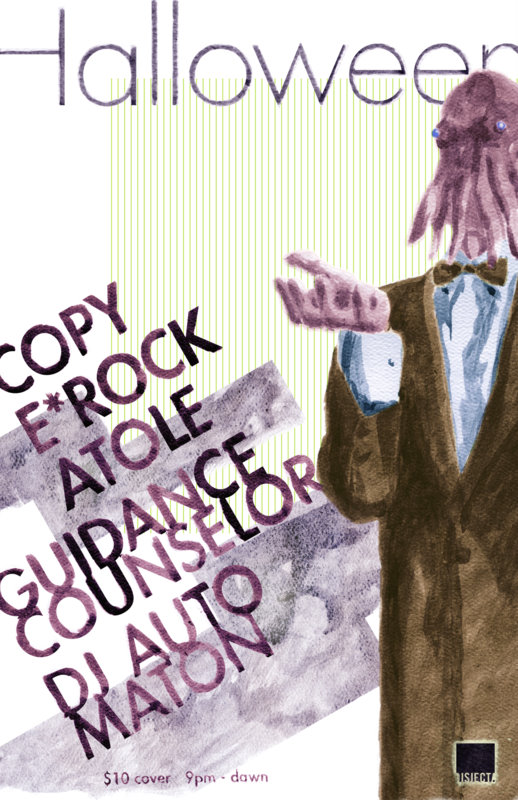
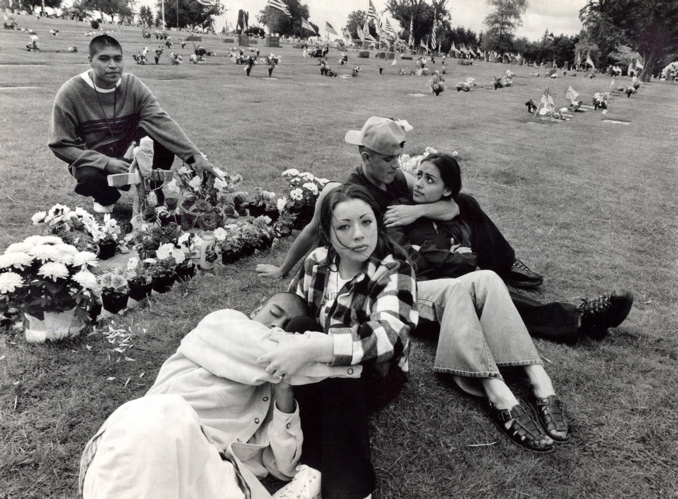

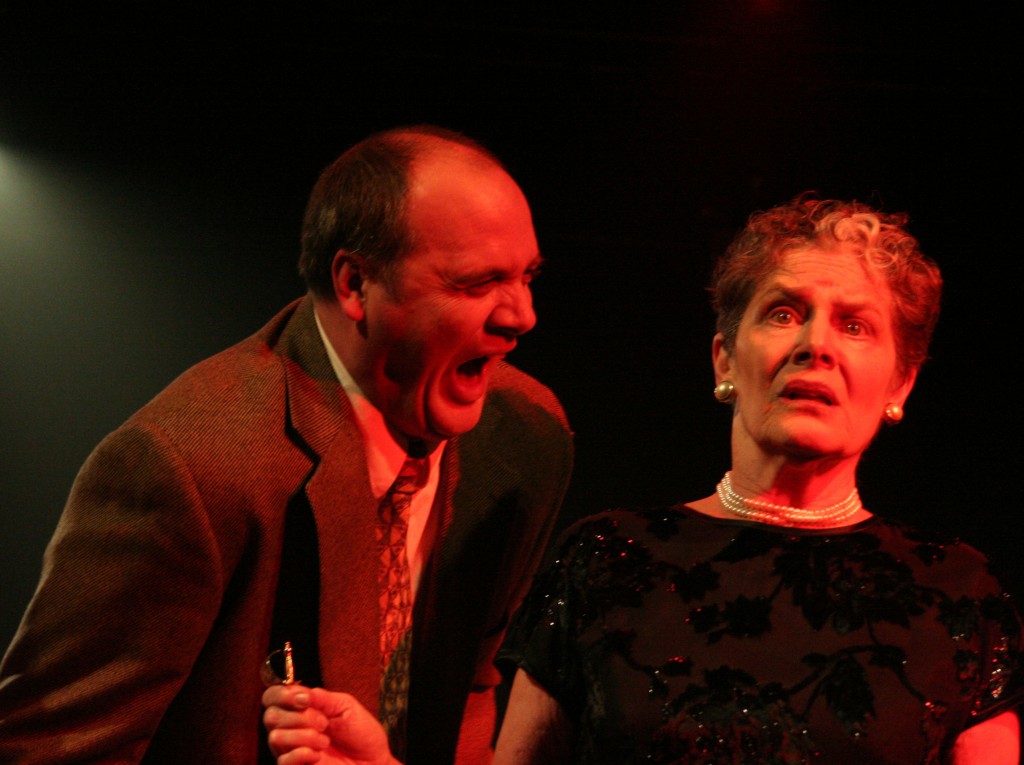
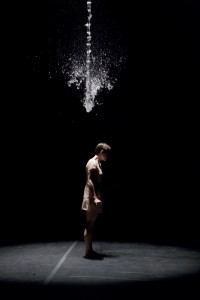 His pride in Dance Project artistic director Sarah Slipper’s new work, Not I, is justified. While I wish I had known when I was watching Andrea Parsons perform this very demanding and emotion-laden solo that the monologue she was dancing to was the uncredited Samuel Beckett’s — and while the video monitor on stage was a bit too reminiscent of Bill T. Jones’s controversial Still/Here, which also dealt with bodies raddled by illness and minds sinking into dementia — Slipper’s jitter-laden, despairing movement has stayed with me. And it’s passed this sure test: I’d like to see it again. Moreover, it was the only piece on this program that had a discernible beginning, middle and end.
His pride in Dance Project artistic director Sarah Slipper’s new work, Not I, is justified. While I wish I had known when I was watching Andrea Parsons perform this very demanding and emotion-laden solo that the monologue she was dancing to was the uncredited Samuel Beckett’s — and while the video monitor on stage was a bit too reminiscent of Bill T. Jones’s controversial Still/Here, which also dealt with bodies raddled by illness and minds sinking into dementia — Slipper’s jitter-laden, despairing movement has stayed with me. And it’s passed this sure test: I’d like to see it again. Moreover, it was the only piece on this program that had a discernible beginning, middle and end.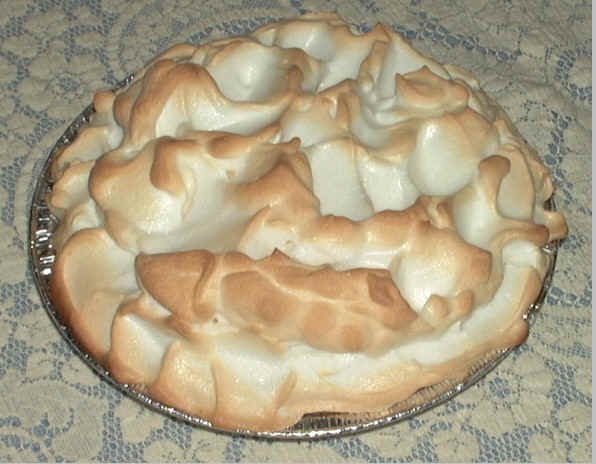
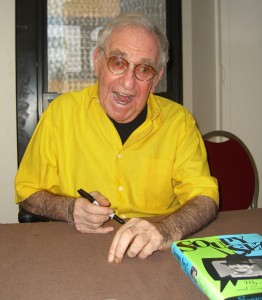 I don’t remember much about Sales. He was mostly a television figure — he had an extremely popular comedy show — and in the 1960s and ’70s I watched even less TV than I do now. But in the same way you know Britney Spears even if you couldn’t pick out one of her songs from a criminal lineup, I knew Soupy — that dopey elastic mug, the fading pie-in-the-face routine that he revived … well, 20,000 times.
I don’t remember much about Sales. He was mostly a television figure — he had an extremely popular comedy show — and in the 1960s and ’70s I watched even less TV than I do now. But in the same way you know Britney Spears even if you couldn’t pick out one of her songs from a criminal lineup, I knew Soupy — that dopey elastic mug, the fading pie-in-the-face routine that he revived … well, 20,000 times.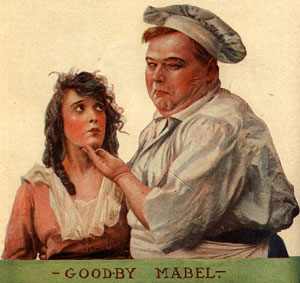 Physical comedy — and what is more physical than smacking a pie in someone’s kisser for laughs? — has been around at least since the early-Renaissance beginnings of commedia dell’arte. Shakespeare thrived on it. You find it everywhere from kabuki to Punch and Judy shows to I Love Lucy and the buff posturings of pro wrestling. Imagine Hulk Hogan as Bottom in A Midsummer Night’s Dream. The tradition’s continued, if not often with the aid of actual pies, with the likes of Robin Williams (in his astonishing “nanu nanu” phase), John Cleese, John Bulushi, Bette Midler (non-weepy version), Danny DeVito and, I am sorry to point out, Adam Sandler.
Physical comedy — and what is more physical than smacking a pie in someone’s kisser for laughs? — has been around at least since the early-Renaissance beginnings of commedia dell’arte. Shakespeare thrived on it. You find it everywhere from kabuki to Punch and Judy shows to I Love Lucy and the buff posturings of pro wrestling. Imagine Hulk Hogan as Bottom in A Midsummer Night’s Dream. The tradition’s continued, if not often with the aid of actual pies, with the likes of Robin Williams (in his astonishing “nanu nanu” phase), John Cleese, John Bulushi, Bette Midler (non-weepy version), Danny DeVito and, I am sorry to point out, Adam Sandler.